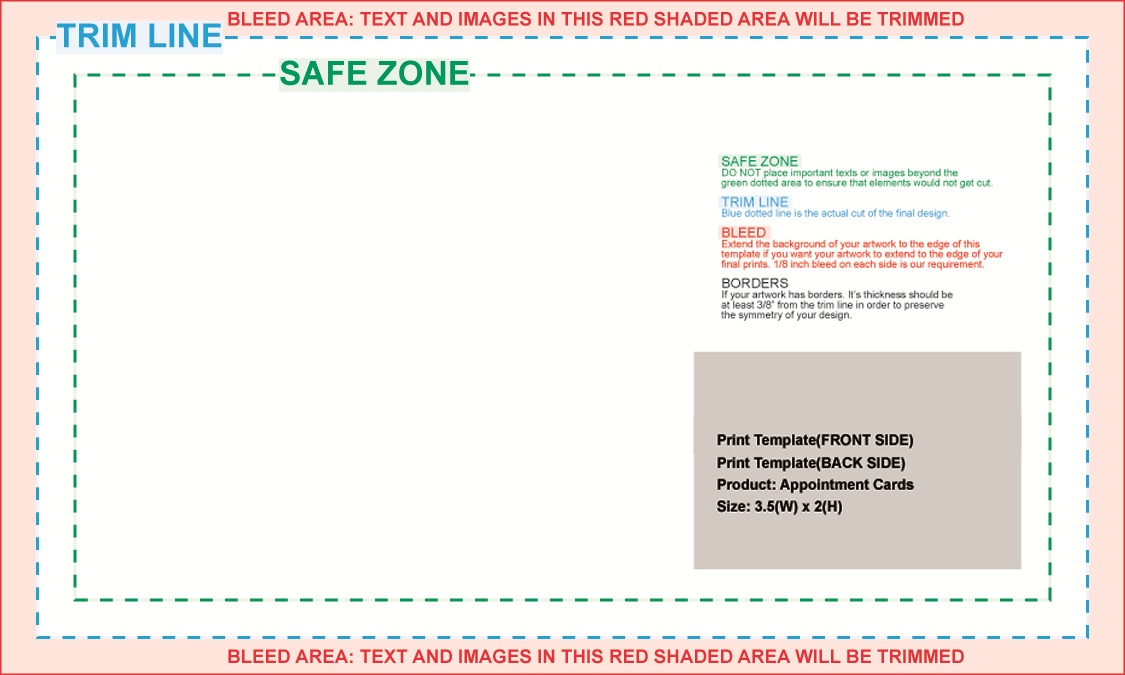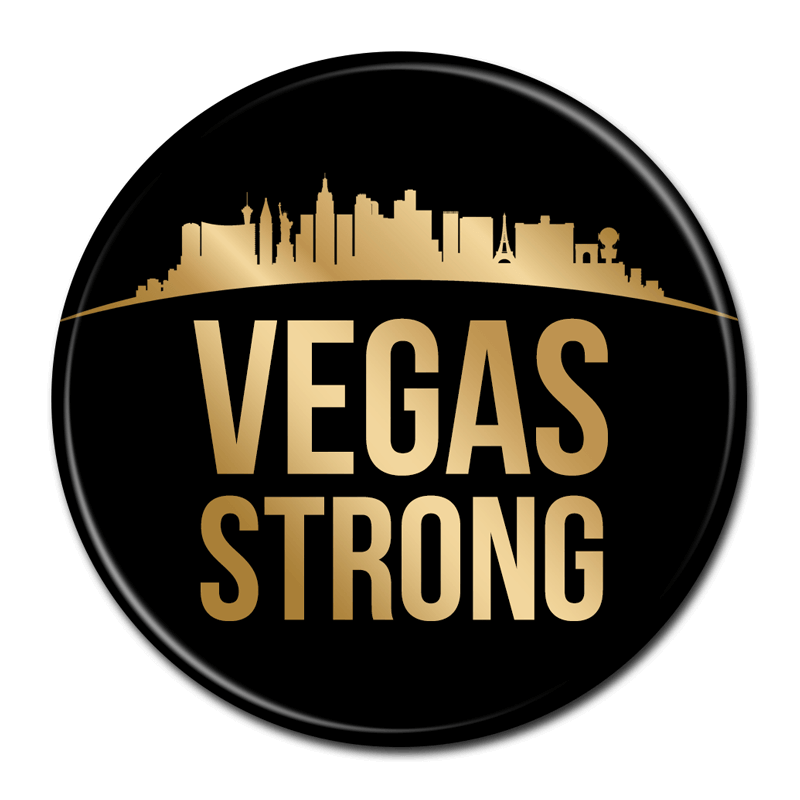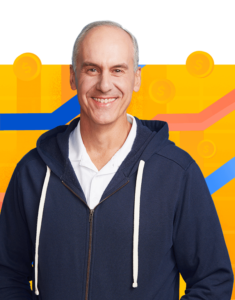FAQs
Our Services
Stand Out
• Quality Look and Feel
• Vibrant Color
• Fade Resistant
Banners
• Fade Resistant Ink
• Various Weights
• Many Additional Options
Signage
Perfect for creative and commercial usage!
• Versatile
• Various Weights
• Up to 48"x 96"
Repositionable
• Applied to a surface
• Vibrant Color
• Versatile
FAQs
Here is our checklist to make sure that you properly set up your file and make it press-ready.
- File dimensions match the order. If your printout is an 8.5” x 11” brochure, the file that you will send to us should be the same.
- The image resolution of the file should be in 300 dots per inch (dpi) or higher.
- Your artwork should have a 1/8″ bleed and important content is within the safety zone which is 1/8″ inside the trim marks. This will ensure that there are no white borders along the paper edges and that the text and elements don’t accidentally get cut. Refer to our layout guide templates in our standard templates page.
- Your artwork should be in CMYK color mode. Computers use an RGB color mode that is different from the CMYK color mode used by printers. Changing your artwork to CMYK will ensure the accuracy of the colors in the finished print out.
- When sending a PDF file, or any of our accepted file formats, make sure that your fonts are embedded. This will make the text of your design crisp and accurate.
- Your artwork should have no crop, template marks, and other markings that you don’t want to print on your final image.
- The number of pages in your pdf should match the number of pages specified in your order
- Don’t forget to proofread. We do not check your file for grammar, spelling, or content accuracy. All of thesecan be changed in your choice of photo editing software.
In printing, bleed refers to printing that goes beyond the edge of the paper before the trimming process. This is the area that will be trimmed off to create the effect of color going to the edge of the paper.
To illustrate, here is our business card template from our Standard Templates page, where you can download it for free.

The bleed is an important element of the printing process. Printers cannot accurately print right to the edge of a sheet of paper, so we use a sheet which is larger than the document size. The printer prints beyond the edge of the document size (by 0.0625 inch or 1/16 of an inch), then cuts the paper down to the document size to ensure a clean cut. This bleed allows printers to safely preserve your design. If no bleed is used for the printed document, an undesirable thin white line may appear along the edges of the paper.
Most jobs we print require a 1/16” bleed over each edge. If your job requires die-cutting or is a booklet, a 1/8” bleed is required.
Keep in mind that no text should go beyond the recommended safety zone or it may be cut off while the printed piece is being cut to size.
Yes, you can! We are happy to offer our customers a variety of product customizations, even if they are not listed on our website yet.
All of our products can be customized with your own design. You can also set your preferences for product specifications, including but not limited to stock, color, coating, die-cut, folding, and perforations, as well as options for sequential numbering, shrink wrapping, and variable printing.
If you don’t see an exact option for whatever you need on our product pages, visit our Custom Product Quote Request page to provide custom specifications. On this page, you can set the parameters for a product specification beyond the options that we’ve given. One of our specialists will review your request and send you a product quote.
You may also contact our customer care team at 855-898-9870 for further assistance.
Yes, we offer design services. We have an in-house design team comprised of some of the most talented graphic designers in the industry. From simple design edits to starting from scratch, we can provide designs that will suit your style and goals.
Call (844) 380-9962 to talk to one of our design specialists to get started.
For discounts and promotions, check out our Coupon Sign Up Page.
Sign up to receive exclusive emails from us. You’ll get the first peek at our latest discounts and special print marketing tips.
To use a discount coupon, just input the code during checkout. It will automatically be applied to the price of your order.
You can get free samples of our printing by requesting our sample kit.
Included in our sample kit are printouts of our available paper stocks and coatings. By ordering our sample kit, you can compare various materials and coatings to give you an idea of how your final printed piece will look before ordering.
You will need to log in with your own NextDayFlyers account to be able to access the request form.
Unfortunately, you can not combine the shipping costs of two orders, even if they are very similar designs. The printing process requires for each piece to print separately. Thus, the cost is per job and not per order.
We offer two types of stocks, paper and cardstock, each with varying thickness and optional coating choices.
Paper Stock
Also called book or text, this type of paper is made specifically for print. This type of stock is typically used for flyers, brochures, and posters. The thickness of this stock is measured in pounds (lb.), called the basis weight. In the United States, the basis weight is defined as the weight of 500 sheets of paper in its basic production size. The higher the basis weight, the thicker the paper.
Here are the available weights we offer for paper stock:
70 lb. – Our thinnest available paper stock, but still durable. This paper weight is best used for inside pages of catalogs and booklets.
80 lb. – Thicker than our 70 lb. paper, this stock works great for posters with the added durability.
100 lb. – This paper stock is the thickest available. It’s ideal for flyers and brochures, as the thickness helps it withstand increased handling.
Cardstock
Also called cover stock, cardstock is thicker than paper stock but is more flexible than a paperboard. The thickness makes it ideal for business cards, postcards, and greeting cards. Cardstock is measured in points (pt.) derived from the thickness of a single piece of paper. A paper measuring .014 inch thick would have a 14 pt. measurement. Again, the larger the number, the thicker the paper.
Here are the available thickness of our cardstock:
10 pt. – Our thinnest available cardstock which makes it ideal for folding. Well-suited for greeting cards.
14 pt. – Popularly used for business cards, presentation folders, and booklet covers.
16 pt. – Slightly thicker cardstock option best suited for invitations.
17 pt. – Our thickest and sturdiest cardstock ideal for direct mail postcards.
We offer two types of stocks, paper and cardstock, each with varying thickness and optional coating choices.
Paper Stock
Also called book or text, this type of paper is made specifically for print. This type of stock is typically used for flyers, brochures, and posters. The thickness of this stock is measured in pounds (lb.), called the basis weight. In the United States, the basis weight is defined as the weight of 500 sheets of paper in its basic production size. The higher the basis weight, the thicker the paper.
Here are the available weights we offer for paper stock:
70 lb. – Our thinnest available paper stock, but still durable. This paper weight is best used for inside pages of catalogs and booklets.
80 lb. – Thicker than our 70 lb. paper, this stock works great for posters with the added durability.
100 lb. – This paper stock is the thickest available. It’s ideal for flyers and brochures, as the thickness helps it withstand increased handling.
Cardstock
Also called cover stock, cardstock is thicker than paper stock but is more flexible than a paperboard. The thickness makes it ideal for business cards, postcards, and greeting cards. Cardstock is measured in points (pt.) derived from the thickness of a single piece of paper. A paper measuring .014 inch thick would have a 14 pt. measurement. Again, the larger the number, the thicker the paper.
Here are the available thickness of our cardstock:
10 pt. – Our thinnest available cardstock which makes it ideal for folding. Well-suited for greeting cards.
14 pt. – Popularly used for business cards, presentation folders, and booklet covers.
16 pt. – Slightly thicker cardstock option best suited for invitations.
17 pt. – Our thickest and sturdiest cardstock ideal for direct mail postcards.
We are committed to providing exceptional printing when you need it. We understand how important it is to get your printing done right and done on time.
We also stand behind our products and services. If you are not 100% satisfied with your product, let us know and we will work with you to make it right.
If you want to learn more about our Guarantee, call us at 855-898-9870 and our Customer Care Team will be there to assist you. Our Guarantee does not apply to freight, direct mail, custom orders, or delays due to 3rd party shipping/delivery carriers. See our Terms & Conditions for entire details.
We are committed to providing exceptional printing when you need it. We understand how important it is to get your printing done right and done on time.
We also stand behind our products and services. If you are not 100% satisfied with your product, let us know and we will work with you to make it right.
If you want to learn more about our Guarantee, call us at 855-898-9870 and our Customer Care Team will be there to assist you. Our Guarantee does not apply to freight, direct mail, custom orders, or delays due to 3rd party shipping/delivery carriers. See our Terms & Conditions for entire details.
We have two production cut-off times depending on the turnaround time option you choose.
Same-Day Printing
For same-day printing, our production cut-off time is at 10am Monday-Friday
Upload your press-ready file before this time and your order will be ready for pickup or shipping by 6pm the same business day.
Next-Day, 3-Day, and 4-Day Printing
For next-day, 3-day, and 4-day printing, our production cut-off time is at 6pm Monday-Friday
For next-day printing, your order will be ready for pickup or shipping by 5pm the next business day. For 3-day and 4-day printing, your order will be ready for pickup or shipping in 3 and 4 business days, respectively.
Next-Day
3-Day
4-Day
In printing terminology, CMYK stands for Cyan, Magenta, Yellow, and Key (Black). These letters stand for the four colors that are used in the printing process.
CMYK is one of the two commonly used color modes in your design editing software like Photoshop. The other one being RGB, which stands for Red, Green, and Blue.
When submitting artwork to be printed, we highly recommend that you send your design already in CMYK mode. Since computer monitors show colors that are based in the RGB color mode. When printed, your artwork will be converted to CMYK mode, so the colors of the final printout may not match your original. To avoid any problems with this, set your color mode to CMYK before submitting your file for printing. This will ensure the colors you intend come through when your design prints.
The image “resolution” refers to the amount of detail that your artwork holds. The higher the resolution, the more detailed the printout will be.
If a computer image is made up of pixels, a printout is made out of dots with varying sizes delivered by a printer. A given inch in a printed image can hold a number of these dots. The higher the number of dots in an inch, the more detail the printed image gives.
We measure the image resolution with dots per inch (dpi). For the best output, we recommend a measurement of 300 dpi for your artwork.
Printing turnaround time is the time is takes to print your order, at which time your order will be ready to ship.
The turnaround time will begin when your design is press-ready and full payment has been received. Only include business days when calculating for turnaround time. Saturday, Sunday, and holidays should not be included since there is no production or shipping on these days.
If you are printing with a tight deadline, always take note of our production cut-off times when choosing your turnaround time option. This is the time your order must be in that day.
The shipping time, on the other hand, is the period between the time your order is shipped up to the time you receive your order.
Traditional direct mail and Every Door Direct Mail (EDDM) are both direct mail strategies. Their primary difference is in their ability to target recipients. Traditional direct mail can be directly targeted to recipients of a certain demographic and a mailing list. EDDM, while less expensive, targets every house in chosen neighborhoods.
Targeted Direct Mail
Traditional direct mail targets a specific demographic. You can use it to send brochures, flyers, and postcards to a mailing list that consists of people that fit your target age, gender, income, and other variables.
On the other hand, EDDM targets a specific geographic area. No mailing list is necessary. Using mailing routes from the United States Postal Service (USPS), you can choose a specific area that you want to cover with your direct mail. You can, however, target EDDM based on the average demographic of each neighborhood. Your direct mail piece will be sent to every house in your chosen neighborhoods.
Printing Requirements
Traditional direct mail has no restrictions on size and quantities. You are free to customize your direct mailers however you want. There are also no limitations on how many pieces you would like to send.
EDDM has specific size requirements. Your mailers should be more than 11 1/2” long, more than 6 1/8″ wide, or more than 1/4″ thick. They should not exceed 15” in length, 12” in width, or 3/4″ in thickness.
EDDM postage costs less than traditional direct mail.
For more information on how traditional direct mail and EDDM works and how to set up both, check out our Traditional Direct Mail vs EDDM Infographic.
Free Nationwide Shipping
Lorem Ipsum has been the industry’s standard dummy text ever since the 1500s, when an unknown printer took a galley of type and scrambled it to make a type specimen book.











